
Figure 1 1860 map showing the routes to Colorado gold fields.
Before we share the recipe, let’s talk about the history of Colorado. What we now know as Colorado was home to many indigenous peoples including the Cheyenne, Arapaho, Apache, Pueblo, Shoshone, and Ute. The gold rush in Colorado led to the forced removal of these groups.
1858 was the beginning of the Pike’s Peak Gold Rush, where over 100,000 settlers flocked to Colorado for a chance to “get rich quick.” Though many of these initial settlers who came to Colorado did not strike it rich, mining became the primary economic industry from the mid-19th to early 20th centuries in the territory, then later state.
After the completion of the Transcontinental Railroad in 1869, with Denver building a line to connect to Cheyenne, the railroads became instrumental in connecting these mining towns with the nation. One of these railroads was the Florence & Cripple Creek.
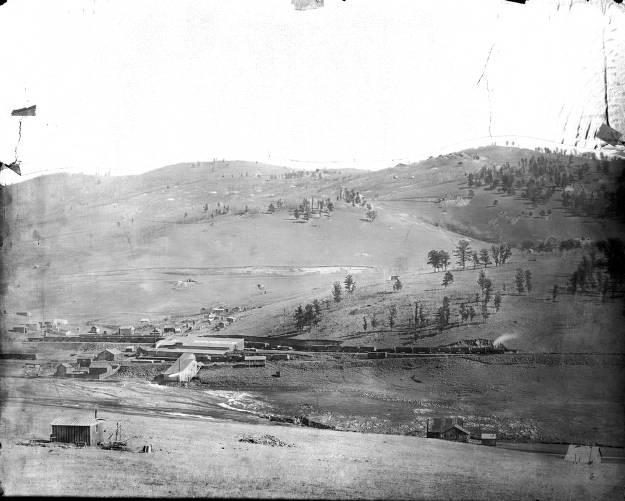
Figure 3 Florence & Cripple Creek Railroad near Cripple Creek, 1890s.
Mabel Barbee Lee, who grew up in Cripple Creek, spoke about the excitement of the train arriving to Cripple Creek in her book Cripple Creek Days. The race was on as to which railroad would be the first to get to Cripple Creek, either the Midland Terminal or the Florence & Cripple Creek. Mabel devoted a whole chapter to her book on this race and what having a railroad in Cripple Creek would mean for the community. Prior to the arrival of the railroad, people and supplies had to take a long route to reach the mining district, which was expensive. Mabel noted that until better transportation could be arranged, the future of Cripple Creek hung in the balance. There were constant bets on which railroad would win the race, and Mabel was among the many people living there who made it a point to watch the progress of the Midland Terminal and the F&CC. Both railroads faced many setbacks including not only money but acts of nature, and finally, on July 1st, 1894, the Florence & Cripple Creek proved victorious. The town came out to wait for the arrival and when the locomotive came into town Mabel described the scene:
“What bedlam broke loose! Hysterical men and women shrieked and yelled and hugged each other for joy. Bombs and pistol shots added to the pandemonium…The locomotive crept slowly, cautiously, along the glistening new tracks, blowing the whistle continually and ringing the bell. But impatient greeters paid no attention. They jumped on the cowcatcher and clung to the slender, diamond-hooded smokestack. Boys climbed on the cab and leaped to the tender from where they tossed chunks of coal into the crowd, as souvenirs. We watched the dignitaries—mayors, railroad directors and big mine owners—who were the first to make the trip, gather around David C. Moffatt as he drove a golden spike into the rail.”
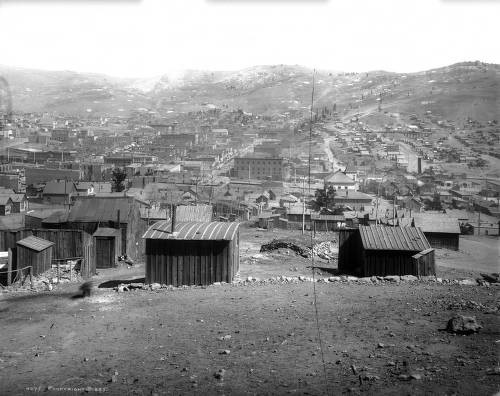
Figure 4 Cripple Creek, 1890s.
The Mayor announced that the Fourth of July celebration would instead happen on that night, “the evening of Cripple Creek’s greatest day.”
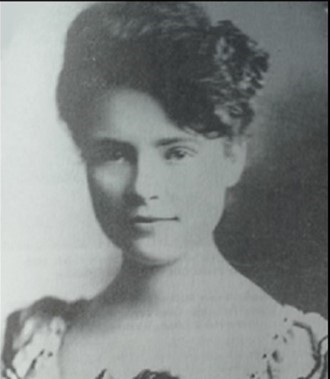
Figure 5 Mabel Barbee Lee, author of Cripple Creek Days.
In addition to the remoteness and difficulties of reaching them, another challenge faced in these mining communities was food. Harriet Fish Backus lived in Tomboy, Colorado (near Telluride) from 1906 through 1910 with her husband George. There was a daily train in Telluride, but no line to Tomboy. Groceries were delivered monthly with fresh food not being an option. Not only were the resources limited, but Harriet did not know how to cook before she got married. The Rocky Mountain Cook Book: For High Altitude Cooking, first published in 1903 “became my guide, philosopher and daily companion,” Harriet wrote in her book Tomboy Bride. Situated at 11,509 feet, cooking was already a challenge. One day, Harriet was in charge of a meal for George and two of his associates.
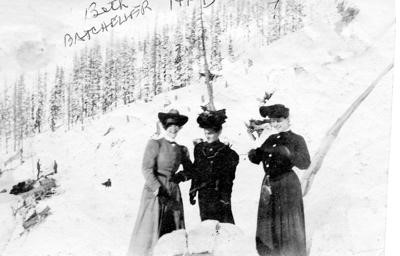
Figure 6 Harriet Fish Backus, center, author of Tomboy Bride.
She decided on Maryland oysters for the first course, salad for the second “(no lettuce, of course, as it was almost unknown there),” and this month’s recipe for the entrée: roast leg of mutton. Harriet handed George “the platter with the beautifully browned mutton, so crispy looking” with a feeling of pride at her culinary accomplishments. When George attempted to carve the mutton to serve to their guests he found the knife wouldn’t get through it, as it was frozen solid! They were able to salvage the roast “by slicing browned bits from the entire surface” ensuring that each person had “a few morsels of skin one quarter-inch thick.”
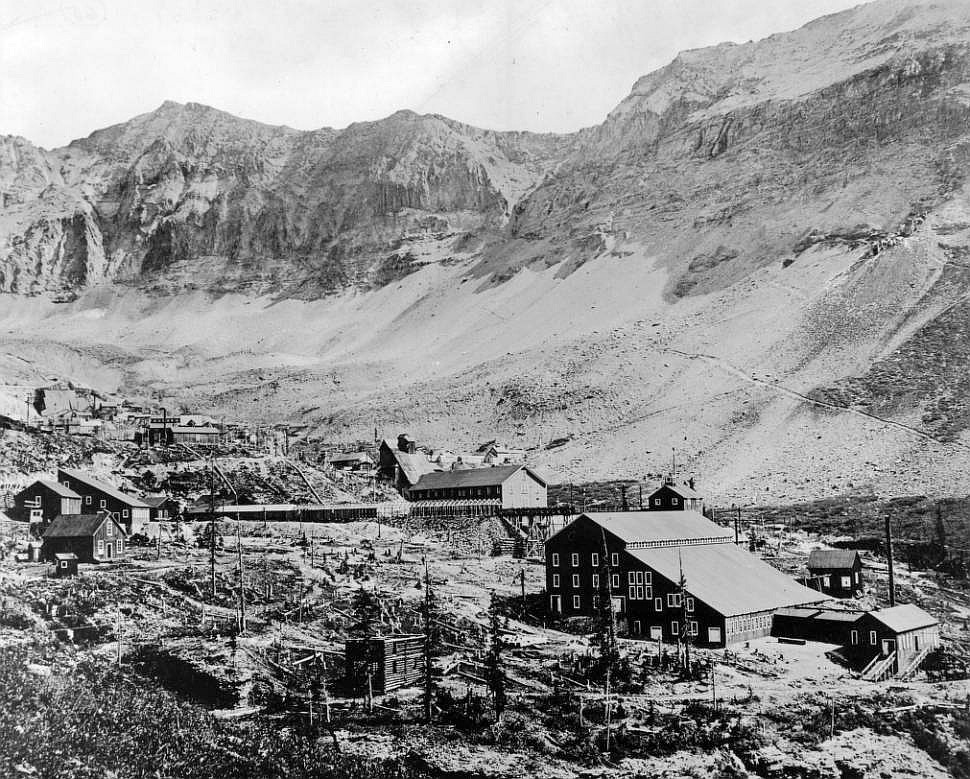
Figure 7 Tomboy circa 1890s.
In addition to being a dining option in the mining camps themselves, mutton and lamb were popular options on railroad dining menus in Colorado—a tradition that dates to the very beginnings of railroading in the Centennial State. The Denver & Rio Grande Railroad—which was built in 1871 and connected many mining communities in Colorado—had a Christmas menu from its eating house in Colorado Springs that same year. Not only was boiled leg of mutton available, the menu also included roast stuffed leg of mutton, and even a French dish featuring mutton or, as listed on the menu “Mouton” (see figure 8). For more information on serving lamb on the railroads see our May post about roast spring lamb by Clicking Here.
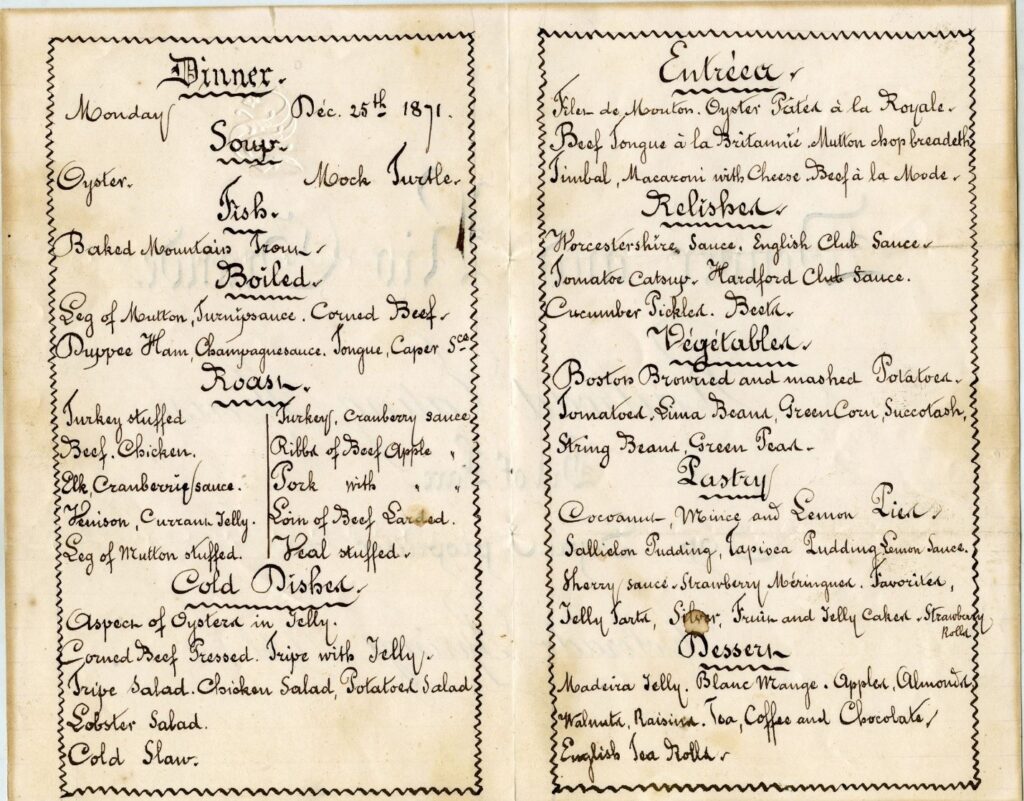
Figure 8 Denver & Rio Grande Colorado Springs eating house menu featuring a variety of mutton options, 1871.
We hope you enjoyed our brief history of the Pike’s Peak Gold Rush, and the importance of the railroads. On August 12th and 13th, the Colorado Railroad Museum will be hosting its first-ever Gold Rush Days event featuring steam train rides, gold panning, a blacksmith, and a chance to learn more about Colorado’s fascinating mining history. Pulling trains this day will be Rio Grande Southern “Ten Wheeler” No. 20, which started its career in 1899 on the Florence & Cripple Creek Railroad! For more information, Click Here.
Our recipe today is from The Rocky Mountain Cook Book. If you do make it, hopefully it goes better for you than it did Harriet! If you do try it, please let us know how it goes in the comments below or on our social media accounts!
Roast Leg of Mutton
Good mutton should have thick, white, hard, fat, fine-grained red meat.
Have the bone cut short, wipe it all over with cold water, dredge with flour, salt and pepper. Place in a hot oven for fifteen minutes, then add to the pan one cup of hot water, baste frequently, allowing ten minutes to a pound if liked rare, and fifteen minutes if liked well done. Garnish the end of the bone with a paper frill or a bunch of water cress or parsley.
2 Comments
Submit a Comment
Past Dining on the Rails Posts:
Dining on the Rails July 2023: Mineral Water Lemonade
Dining on the Rails May 2023: Roast Spring Lamb
Dining on the Rails April 2023: Fruit Salad and Fruit Salad Dressing
Dining on the Rails March 2023: Union Pacific Cole Slaw with Peppers
Dining on the Rails February 2023: Bourbon Toddy
Dining on the Rails January 2023: Cinnamon Toast and Children’s Menus
Dining on the Rails December 2022: Harvey Girl Special Little Thin Orange Pancakes
Dining on the Rails November 2022: Old Fashioned Navy Bean Soup
Dining on the Rails October 2022: Apple Cider
Dining on the Rails September 2022: Peach Cobbler
Dining on the Rails August 2022: Barbeque
Dining on the Rails July 2022: Mountain Trout
Dining on the Rails June 2022: Eat like a Hobo!
Dining on the Rails: May 2022 – Mother’s Day Shirred Eggs
Dining on the Rails: April 2022 – How about a nice Old Fashioned?
Dining on the Rails: March 2022 – French Toast, Anyone?
Dining on the Rails: February 2022 – A Chocolatey Valentine’s Treat!
Dining on the Rails: January 2022 – Western Pacific Pork Tenderloin
Dining on the Rails: December 2021 – Cranberry Sauce
Dining on the Rails: November 2021 – Oyster Stuffing!
Dining on the Rails: October 2021 – Chicken Pot Pie
Dining on the Rails: September 2021 – Chili
Dining on the Rails: August 2021 – Pullman “Tom Collins” Cocktail
Dining on the Rails: June – How about a salad?
Dining on the Rails – Atchison, Topeka & Santa Fe Ham!
Dining on the Rails: CRI&P’s New England Boiled Dinner
Dining on the Rails: A Sweet Treat for your Valentine!
Dining on the Rails: Black Eyed Peas!
Dining on the Rails: Eggnog
Dining on the Rails: Happy Thanksgiving!
Dining on the Rails: Union Pacific Apple Pie
Dining on the Rails, August 2020
Dining on the Rails, July 2020
Dining on the Rails, June 14, 2020
Dining on the Rails, June 7, 2020
Dining on the Rails, May 31, 2020
Dining on the Rails, May 24, 2020
Dining on the Rails, May 17, 2020
Dining on the Rails, May 10, 2020
Dining on the Rails, May 3, 2020
Dining on the Rails, April 26, 2020
Dining on the Rails, April 19, 2020
Dining on the Rails, April 12, 2020
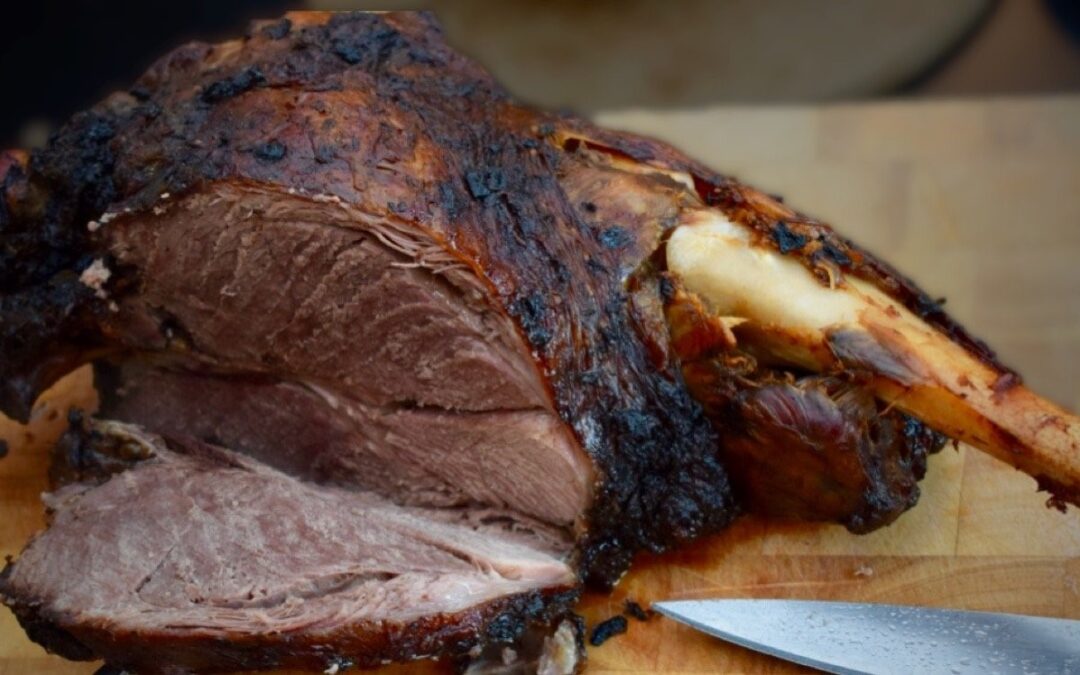
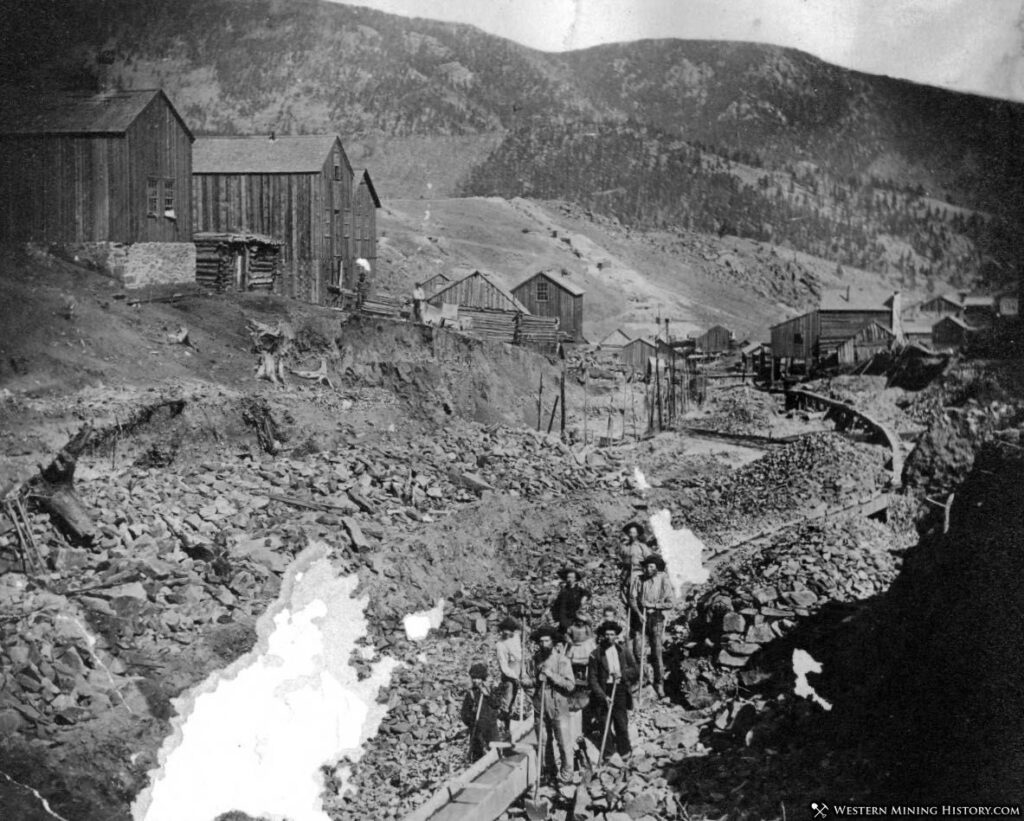
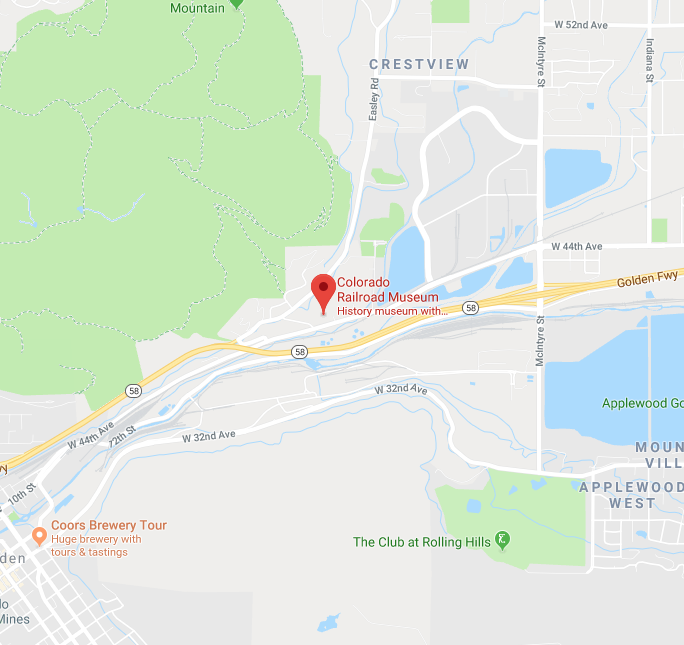


Love it! 10/10!
Very cool history! I’ll have to try that recipe!